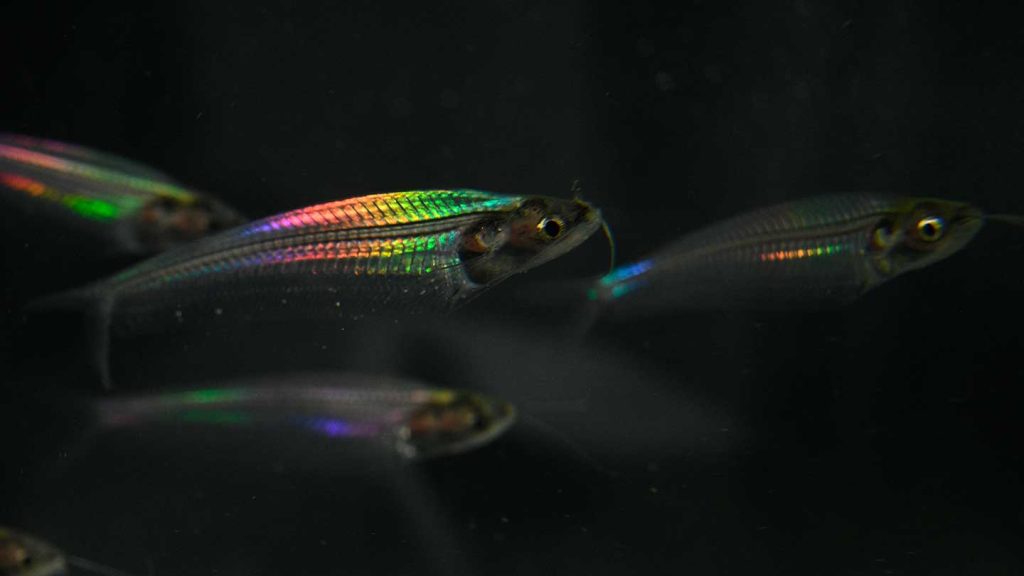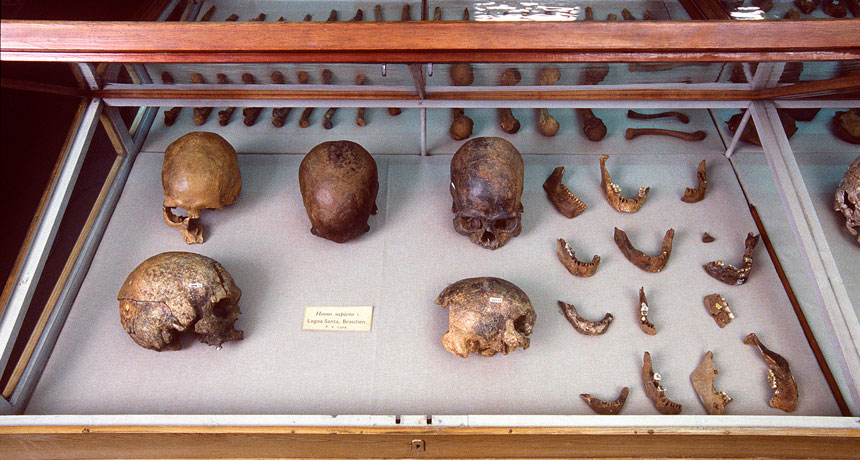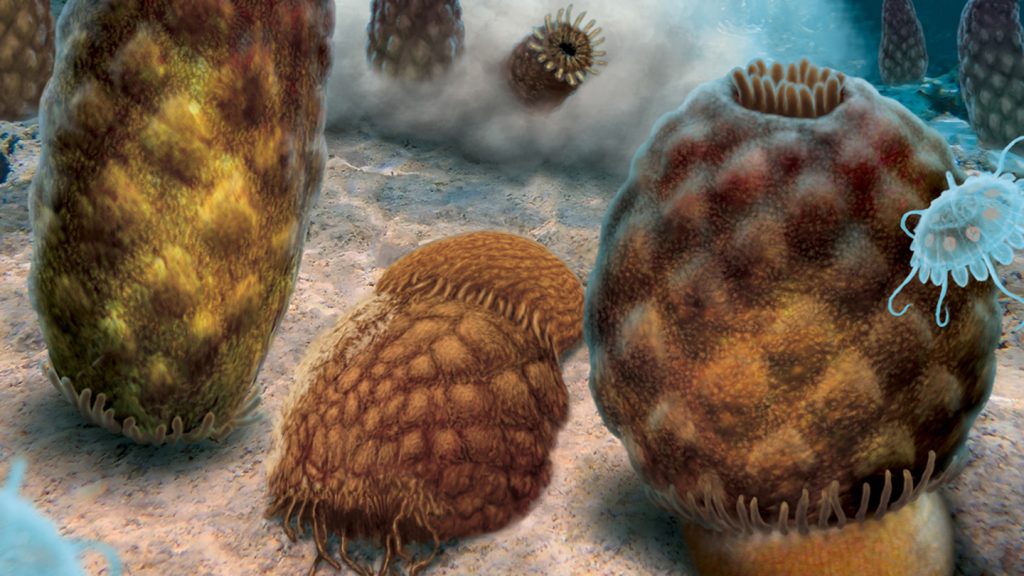There are more successes than failures in China-US cooperation: American businessman Menendez

This year marks the 45th anniversary of the establishment of diplomatic relations between China and the US. Manuel C. Menendez, founder and CEO of MCM Group Holdings, was one of the earliest American businessmen to come to China. He facilitated the establishment of the first China-America joint venture.
Over the last 45 years, Menendez has experienced the ups and downs of China-US relations and the expanding economic and trade cooperation between the two countries. Currently, the development of China-US relations is at a critical juncture. Regarding the future direction of China-US relations and how the two countries can strengthen cooperation, Global Times reporters Xie Wenting and Zhao Juecheng (GT) recently interviewed Menendez to gain his perspective on these and more pertinent questions.
GT: On November 15, 2023, Chinese President Xi Jinping and US President Joe Biden held a meeting at the Filoli Estate in San Francisco, US. How do you view the significance of the meeting and its impact?
Menendez: Without engagement and contact, misunderstandings can arise, leading to misjudgments and trouble for everyone involved. That is why the only way to avoid this is to continue the momentum we have now, especially with President Biden and President Xi meeting together. I am extremely excited and pleased that the two presidents were able to meet. I believe we are now on a better platform for stability. Stability is important.
We had a number of very senior officials who came to China in 2023, including Secretary of State Antony Blinken, Treasury Secretary Janet Yellen, Commerce Secretary Gina Raimondo, and Senator Chuck Schumer who led a delegation of both Republican and Democratic senators. I think the buildup of the number of high-level meetings is critical at this important stage of US-China relations. It sounds simple, but the most important thing is continued talking, continued engagement, and finding common ground. That is because, in reality, on most things, there is a lot of common ground on which we share common views, whether it's climate change, health issues, or coordinating efforts for natural disasters. I believe these actions are very important for the two largest economies in the world.
But the engagement on what are red-line issues or sensitive issues takes time to roll up your sleeves and have a clear understanding. This applies not only to China and the US but to any country that has sensitive issues that need to be discussed. The most important thing about discussing these more sensitive or national security issues is to spend the time to talk about them on a granular level so that there are no misunderstandings.
In terms of business, the business community always appreciates predictability and stability. I am glad that we are currently on this trajectory.
GT: What are your expectations for China-US relations in 2024?
Menendez: We have to keep it stable, so my hope and wish for the New Year is increased contact and stability.
Will there be significant improvements? I think it will be challenging in 2024. As we enter the presidential season in the US, China will inevitably be part of the discussion. However, it is important to remember that political rhetoric does not always reflect reality.
The reality can be different from what is portrayed in the media and political rhetoric. The reality is that the two countries have done an unbelievably wonderful job over the last 45 years. There have been many companies from the US, in particular, those have entered the Chinese market and have done very well. And Chinese companies that have gone to the US have done a marvelous job there. So, there are a lot of actual benefits that have been witnessed when the number one and the number two economies of the world work together, because it not only helps the US and China, but also helped the world by uplifting the global economy when we work together.
So, I think that there are so many success stories versus the negatives of the not successful stories. There are more successes than failures in these countries, especially because of the US-China trade.
China still remains the main anchor because there is one very important characteristic about China that should never be misunderstood: China is not only a world factory, but also a world market. This is due to the emergence of the middle class in China during my lifetime, which is driving consumption. Therefore, the growth of consumption in China is also what drives the US. The US is a consumer-driven country with a strong middle class, and the same phenomenon has occurred in China.
My expectation in the bilateral relations is for better stability and predictability. After 2024, I am very optimistic that the world economy will adjust, as conflicts in certain regions, which I am praying, will be resolved, come to an end. This will allow us a return to a more normalized situation and enhanced relations in 2025.
GT: What efforts can be made to avoid "gray rhino" events in China-US relations in the coming year?
Menendez: I believe that moving forward, it is crucial for us to gain a better understanding of the world we live in today. The world is a little bit different from how it was 40 years ago, with lots of geopolitical dynamics shifting.
If you look at the global economy, the combined GDP of China and the US alone accounts for approximately 45 percent of the world's GDP, which is amazing for just two countries. Therefore, we must not only focus on the development of our own nations but also recognize our greater role and responsibility in ensuring that we address global issues correctly.
We have to find a way that makes both countries comfortable, ensures their voices and concerns are heard, establish a structured approach moving forward, and allows for shared participation on the global platform. Sharing platforms together is a complex issue because it not only requires the consideration of practical, business aspects, but also geopolitical aspects. However, misunderstandings sometimes arise when it comes to geopolitics.
The only way I know of solving those things is through the continual frequency of discussions, not only at the highest level but also at the operational level of governments.
GT: In your opinion, what is the biggest misunderstanding that some Americans have about China?
Menendez: I think one of the common misunderstandings about China is that China is sometimes portrayed as an aggressive country. I've never felt nor seen that.
When I think of China being aggressive, I don't mean it from any other perspective other than being very aggressive in business. However, all countries are very aggressive in business. We all compete with each other, and with our companies and brands, to gain market share wherever it may be, whether it's a German, French, Italian, or American company. We are always competing aggressively.
But when it comes to aggressively expanding outside of China, I think there is a misconception that China will aggressively go after other regions of the world. I don't think that is the case. In my personal experience, China has adhered more to Confucian thinking of a benevolent society and not seeking to expand its footprint outside of China. If you look at Chinese history over the last 5,000 years, it is not even a part of it.
Besides, China is known for being extremely friendly, particularly toward foreigners who come to visit. This aligns with the Confucian thinking that says when people come from afar, you should welcome them and be happy. China has consistently upheld this philosophy of welcoming foreigners, and I think that's still the case.
My motto is world trade creates world peace. World peace and world trade go hand in hand because when people work together, they are less likely to engage in conflict. I wish I could take everyone from the US to China so that they could see China. And I wish I could take everyone from China to the US because, at the people-to-people level, the people of both countries are very nice and good people.
The one higher purpose of the relationship we should never undervalue is a strong China and a strong US working together. This collaboration not only creates prosperity in both countries but also fosters prosperity in the world and promotes world peace.
GT: There is a growing voice in the US, calling for the so-called de-coupling or de-risking from China, especially in the high-tech arena. What's your take on it?
Menendez: I think that everything in high tech is not a matter of national security. You have to know where the line is. This is what I mean by engagement and talk. Every chip that is manufactured is not a high security or high national security chip as we use chips in various everyday appliances such as washing machines and cars. Almost every modern appliance, including basic ones, incorporates chips. Hence, as I mentioned before, engaging in dialogue and ensuring a clear understanding of the boundaries between our countries is extremely important.
We need to understand each other's sensitivities and have open discussions while maintaining mutual respect. We may not always agree on everything, but we should at least try to understand the reasons behind our disagreements. This way, we can find solutions to have a path forward.
Due to the COVID-19 pandemic, some companies have identified certain flaws in their product delivery to customers. As a result, companies, particularly in the US, have a responsibility to ensure efficient product delivery. Therefore, they have relocated parts of their supply chain. But I am yet to hear of any big-scale companies that have left the Chinese market. They continue to operate in China. They have partly moved some production, maybe to Vietnam or other parts of the world, and maybe a little bit to India, to enhance the resilience of the supply chain.
But China still remains the main anchor because there is one very important characteristic about China that should never be misunderstood: China is not only a world factory but also a world market. This is due to the emergence of the middle class in China during my lifetime, which is driving consumption.
GT: The Chinese government recently announced a raft of measures to attract foreign investment. What are your opinions on these measures? What is your advice for China in terms of attracting foreign investment?
Menendez: China has simplified the process of doing business. I have witnessed numerous improvements over the years. However, one aspect that China needs to address is effectively promoting and informing the world about its policies, so that other countries can understand the benefits.
Success is the key to promoting more foreign direct investment (FDI), as people are more likely to be motivated when they hear about the positive outcomes resulting from specific policies. Real-life examples are the key to further strengthening FDI and making it even more robust than it currently is.
I think that there are areas that can be improved to make the business climate more conducive for investment. However, this is a process that takes time. Changes need to be made based on the current world and market conditions. I consider it an evolutionary process.
In the early days, any form of development was acceptable as China aimed to attract foreign investment and build its own economy and infrastructure. The infrastructure development and the largest migration in human history in China have been a miracle.
One of the great things that China has done, which is positive, is taking people out of absolute poverty. It has been amazing to witness nearly 800 million people coming out of absolute poverty, which is a great achievement. However, that is not the end goal. I always emphasize that getting out of absolute poverty is just the first step. The goal now is to improve people's lives and achieve common prosperity. I think China is working hard toward that.
As China has risen up to this level, you have to give credit to the Chinese entrepreneurs, the Chinese ability to take a policy, and the ability to make it work step by step.
GT: You played a positive role in China's return to the global market in the late 1970s. You have also witnessed significant changes in the Chinese business market over past decades. In your opinion, what are the current advantages that China has to offer to foreign companies and investors?
Menendez: I think the most obvious change is what I mentioned earlier: China has transitioned from being just a world factory to becoming a world market. It now has a significant consumer population. Therefore, companies that have products and services can also sell them in China. This can be referred to as hitting a home run. The concept of a home run implies that if you can manufacture a product in China, you have a competitive advantage in the global market. This advantage stems from the fact that the best product, offering the best price and quality, ultimately emerges as the winner, not only in China but also worldwide.
Now, wherever it is, China has consistently produced the best products with the highest quality and at the most competitive prices, making them the ultimate winner in many categories. Take Apple, for example, with their iPhones and MacBooks manufactured in Dongguan by Foxconn. These products are then distributed worldwide, contributing to Apple's status as the number one company in terms of market capitalization. China has undoubtedly played a significant role in this achievement.
I think companies should consider the Chinese market as an opportunity to manufacture goods here. This does not necessarily mean shutting down high-level or advanced production in the US, but rather having some production in China to capitalize on the growing Chinese market.
I believe there is plenty more room to grow in China. There are still hundreds of millions of people who have yet to move from their current position to the middle class. So, I think there is ample opportunity, what we call runway, in China. However, it is important to have knowledge about the market; where to enter and who to partner with. I like the philosophy of working in China with partners. I like Chinese partners, as they know their market and economy. It is always good to share in the economic equation. When both the China and US work together, both sides win and can achieve mutual success. If we are economically tied together, I believe it is a very powerful formula moving forward.
China witnessed the establishment of more than 48,000 new foreign enterprises from January to November 2023, which serves as one of the parameters indicating confidence in the Chinese market.







